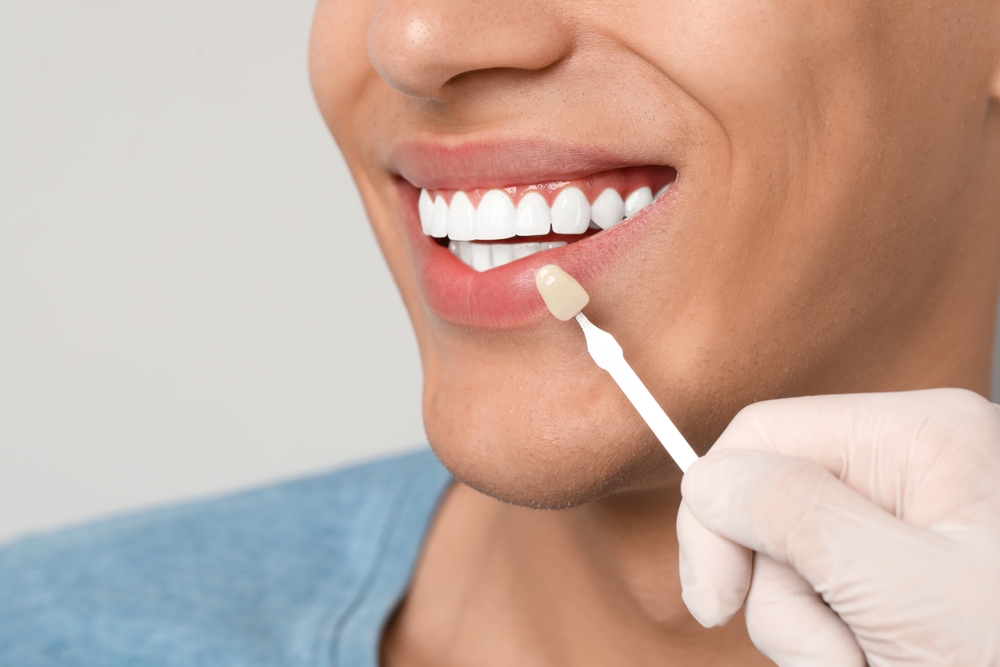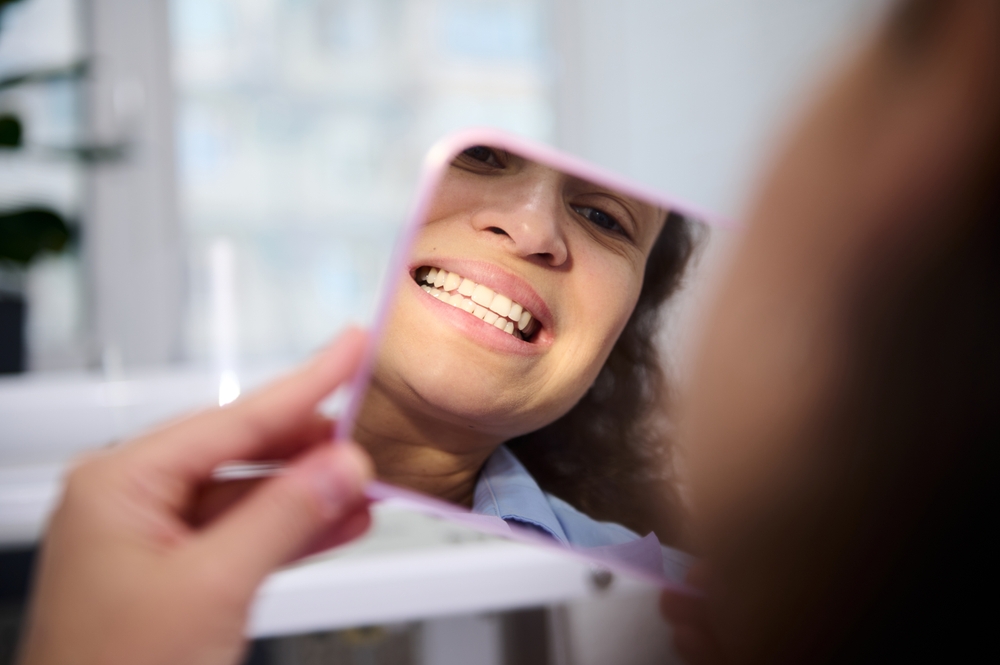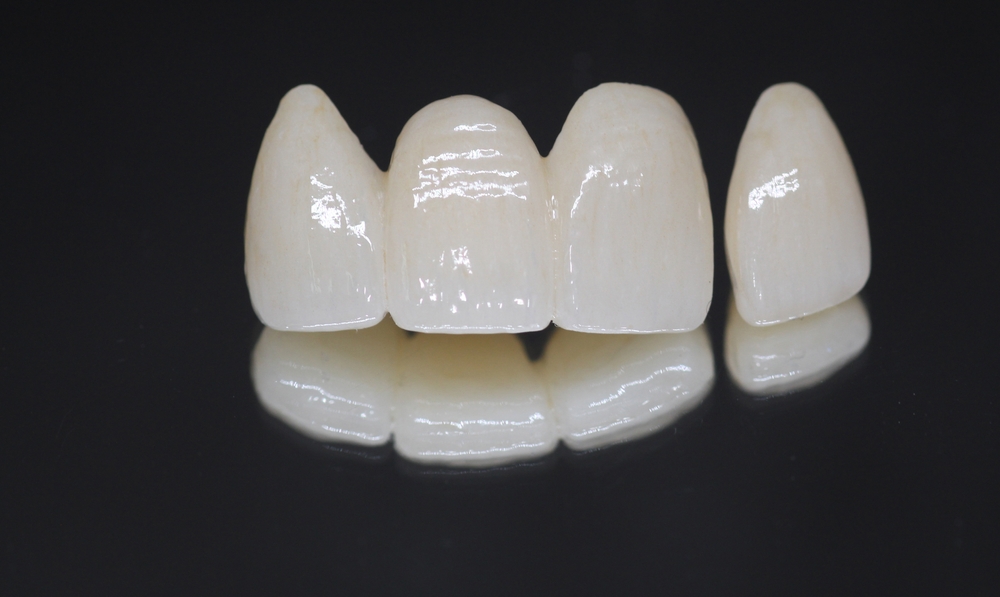In the intricate field of restorative dentistry, the use of provisional restoration materials is a critical component that ensures both the aesthetic and functional integrity of dental treatments. These materials serve as a temporary solution, safeguarding the tooth structure while a permanent restoration is being fabricated. This blog aims to explore the various types of provisional restoration materials, such as acrylic resins and bis-acryl composites, and discuss their essential roles in maintaining dental health and comfort during the interim period of dental restoration. We will delve into their applications, benefits, and the challenges faced by dental professionals in selecting and applying these materials effectively. Whether you are a seasoned practitioner or new to the field, understanding these materials is crucial for optimizing patient outcomes in restorative dentistry.
What Are Provisional Restoration Materials?
Provisional restoration materials are essential tools in restorative dentistry, designed to temporarily reconstruct a tooth while the final, permanent restoration is being prepared. These materials are used to create provisional crowns, bridges, veneers, and other dental restorations that protect the tooth and maintain esthetics until the definitive prosthesis is ready. Commonly used materials include:
- Acrylic resins: Popular for their ease of use and speed of fabrication. However, they can be prone to wear and discoloration over time.
- Bis-acryl composites: These are newer and provide superior aesthetics, strength, and less shrinkage compared to acrylic resins. They are slightly more expensive but are preferred for their durability and better color stability.
Each type of material offers unique properties such as strength, durability, aesthetics, and ease of manipulation. The choice of material often depends on the clinical situation, patient needs, and the duration the provisional restoration is required to last.
Uses of Provisional Restoration Materials
Provisional restoration materials are versatile in their applications and serve multiple purposes in dental treatment protocols. Their primary uses include:
- Temporary protection of tooth structure: Provisional materials cover exposed dentin, which helps in reducing sensitivity and protecting the pulp from thermal and mechanical insults.
- Maintenance of aesthetics and dental function: They help in maintaining the appearance and functional use of teeth, allowing patients to chew and speak comfortably.
- Facilitation of periodontal and tissue healing: By fitting over the prepared area, they allow the gums and surrounding tissues to heal properly around a shape that simulates the final restoration.
- Use in assessment of the functionality and occlusion of the final restoration: Provisionals provide a preview of the final restoration, allowing adjustments in occlusion, fit, and aesthetics to be made before the final fabrication.
These uses underscore the significance of provisional restorations in the overall success of dental treatment plans, ensuring both functional and aesthetic needs are met temporarily.
Benefits of Provisional Restorations
The use of provisional restorations brings several benefits to both the patient and the dental practitioner, which include:
- Protection of the pulp and prevention of sensitivity: By covering exposed areas of the tooth, provisional restorations help in reducing sensitivity and protecting the tooth’s pulp from infection and injuries.
- Preservation of tooth position and prevention of shifting: They act as a space maintainer to prevent adjacent or opposing teeth from moving into the space designated for the final restoration, thus maintaining the integrity of the dental arch.
- Role in patient comfort and satisfaction during the treatment process: Provisionals allow patients to continue their daily lives without the embarrassment of missing teeth, offering a cosmetic and functional benefit that increases patient satisfaction during the treatment period.
Through these benefits, provisional restorations not only enhance the immediate usability of treated teeth but also contribute significantly to the long-term success of dental restoration procedures.
Practical Tips for Dental Professionals
Provisional restorations are an integral part of restorative dentistry, and mastering their use can greatly enhance treatment outcomes. Here are some practical tips for dental professionals on the fabrication, placement, maintenance, and troubleshooting of provisional restorations:
Best Practices for Fabrication and Placement

- Precise Impression Taking: Ensure that the impression used for provisional fabrication accurately captures the prepared tooth and the surrounding tissues. This will help in creating a provisional that fits snugly and minimally impacts the surrounding soft tissues.
- Material Choice: Select the right material based on the patient’s needs, the duration of wear, and the location in the mouth. For example, bis-acryl composites might be better for anterior teeth due to their superior aesthetic qualities, while acrylic resins could suffice for short-term use in posterior areas.
- Proper Polymerization: Follow the manufacturer’s instructions for mixing and curing times to prevent issues like premature setting or insufficient hardness.
- Fit and Occlusal Adjustment: After placement, ensure that the provisional restoration does not impinge on the gum tissue and that it restores proper occlusion. Adjustments should be made until the patient feels comfortable during biting and chewing.
Maintenance and Care of Provisional Restorations
- Patient Instructions: Educate patients on how to care for their provisional restorations. Advise them to avoid sticky or hard foods and to use a soft toothbrush and non-abrasive toothpaste for cleaning.
- Regular Check-Ups: Schedule follow-up visits to check the condition of the provisional and make necessary adjustments to prevent complications such as decay under the provisional or gum irritation.
How to Address Complications or Failures
- Immediate Response: Should a provisional break or dislodge, it’s crucial to replace or repair it immediately to protect the tooth and maintain tooth position.
- Troubleshooting Common Problems: If patients report discomfort or sensitivity, check for exposed margins or poor fit. Adjustments might be needed, or in some cases, a remake of the provisional may be required.
- Longevity Solutions: For patients who need long-term provisionals, consider using materials and techniques that offer enhanced durability and comfort.
Adhering to these guidelines will help dental professionals effectively use provisional restorations, ensuring both the short-term functionality and aesthetics for the patient, as well as the long-term success of the final restorative treatment. By focusing on precision in the creation and care of provisional restorations, dental practitioners can significantly improve patient satisfaction and treatment outcomes.
Conclusion
In conclusion, provisional restoration materials play a pivotal role in restorative dentistry, bridging the gap between initial preparation and the placement of permanent restorations. These materials not only protect the dental structure and prevent sensitivity but also maintain aesthetics and ensure patient comfort during the interim period. By understanding and utilizing the right techniques for the application and maintenance of provisional restorations, dental professionals can significantly enhance treatment outcomes. Continued education on the advancements and best practices in this area is essential for delivering superior care and achieving optimal patient satisfaction. This commitment to excellence in provisional restorations underscores their importance and impact within the broader field of dental health.




